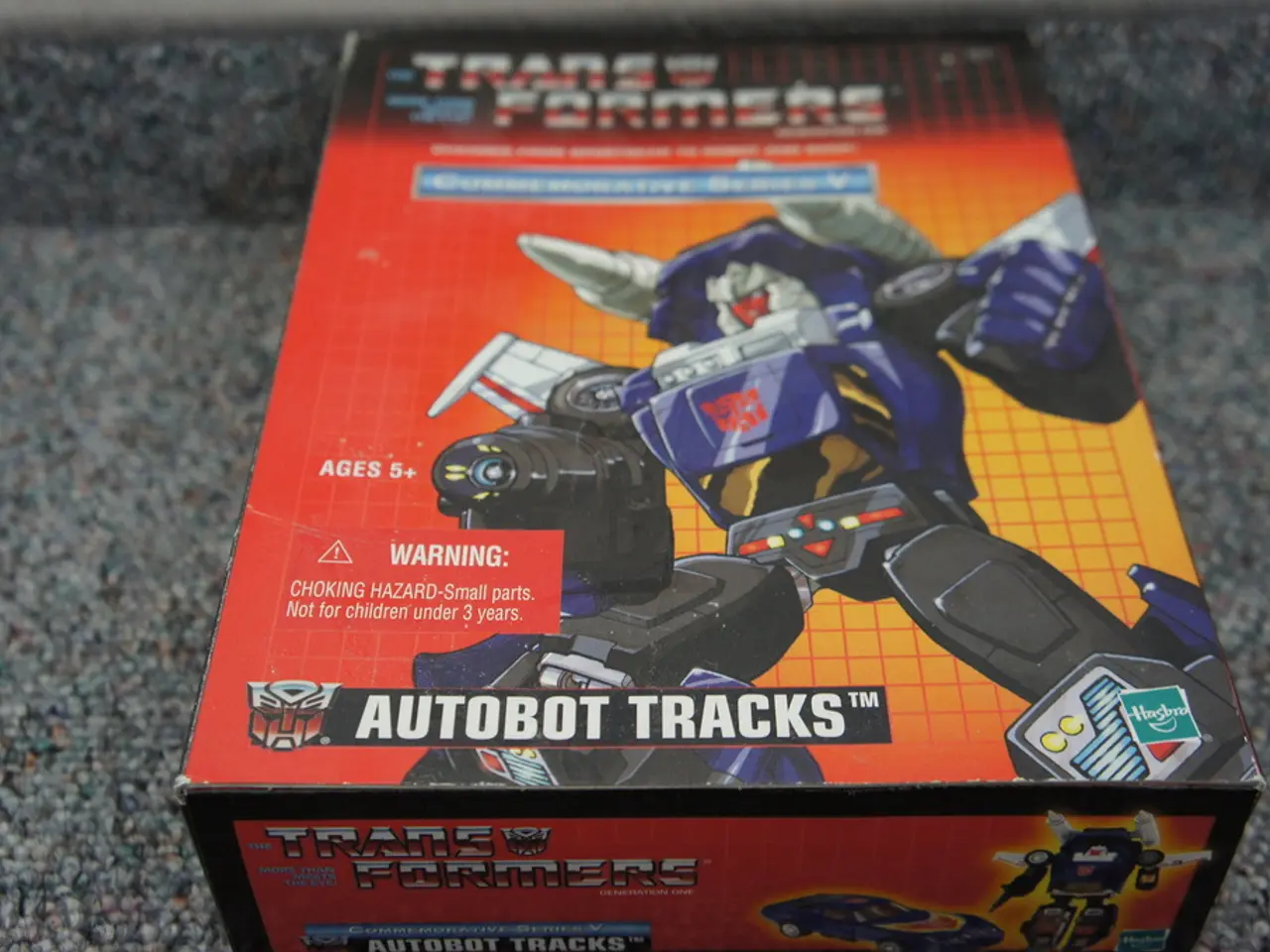Alibaba's Qwen3Guard: New Multilingual Models for Real-Time Content Moderation
Alibaba's Qwen team has recently released Qwen3Guard, a multilingual model family designed for real-time moderation of prompts and streaming responses. This new family includes two variants, Qwen3Guard-Gen and Qwen3Guard-Stream, available in 0.6B, 4B, and 8B parameter sizes. The models cover 119 languages and dialects and are open-sourced with weights available on Hugging Face and GitHub.
Qwen3Guard-Gen, a generative classifier, emits structured outputs, making it easy to parse and use in pipelines and reinforcement learning (RL) reward functions. The research team behind Qwen has shown that using Qwen3Guard-Gen as a reward signal in safety-driven RL improves safety scores without degrading reasoning tasks. The team achieved state-of-the-art average F1 scores across English, Chinese, and multilingual safety benchmarks.
Qwen3Guard-Stream, a token-level classifier, attaches two lightweight classification heads to the final transformer layer. This enables early intervention in production agents that stream responses, aligning with enterprise policy knobs. The models use a three-tier risk semantics system, including 'Safe', 'Controversial', and 'Unsafe' categories.
The Qwen3Guard model family, released recently in 2025, offers robust real-time moderation capabilities across a wide range of languages and dialects. Its generative variant improves safety in RL without compromising reasoning, while the streaming variant enables early intervention in production agents. The open-source models are available for use and integration in various applications.






